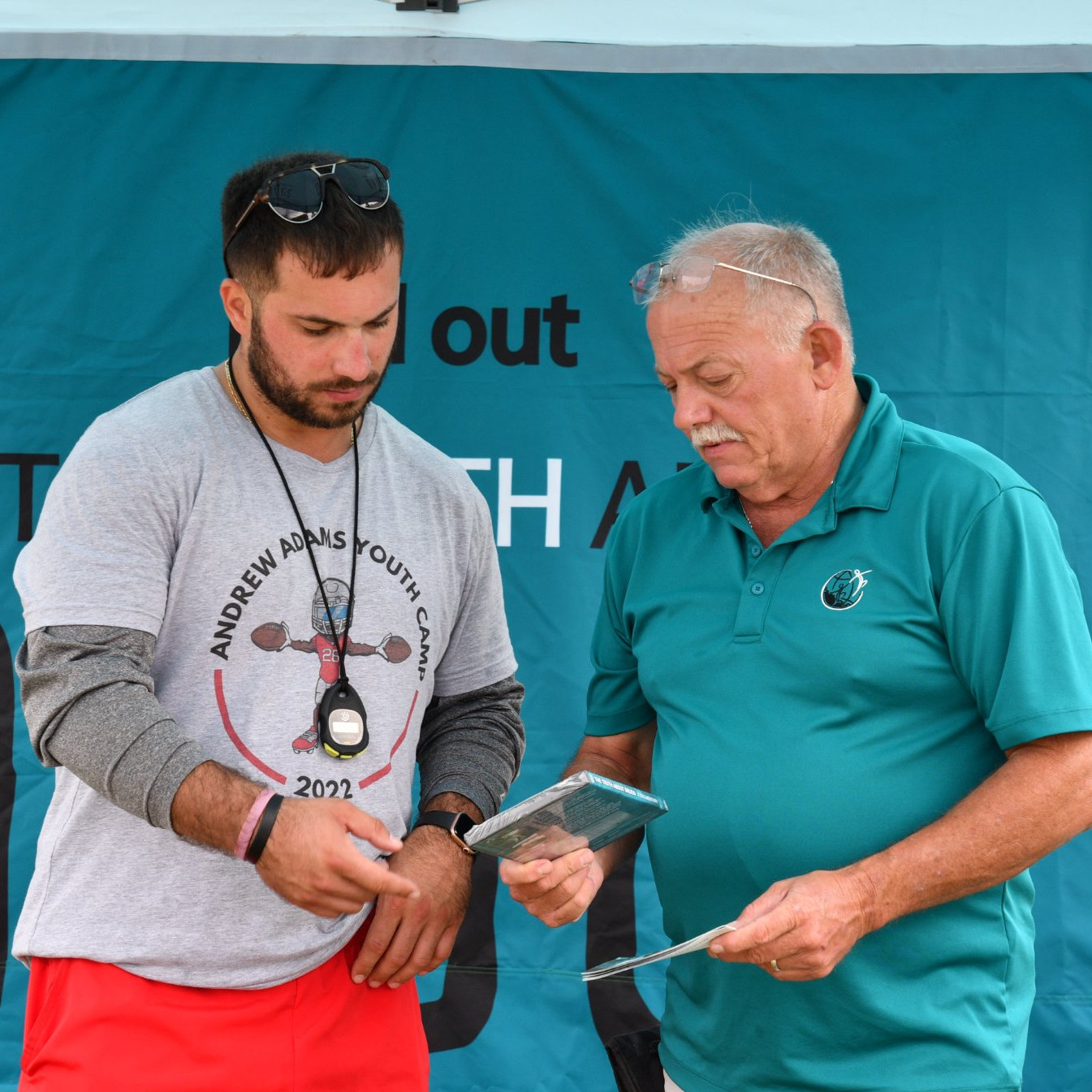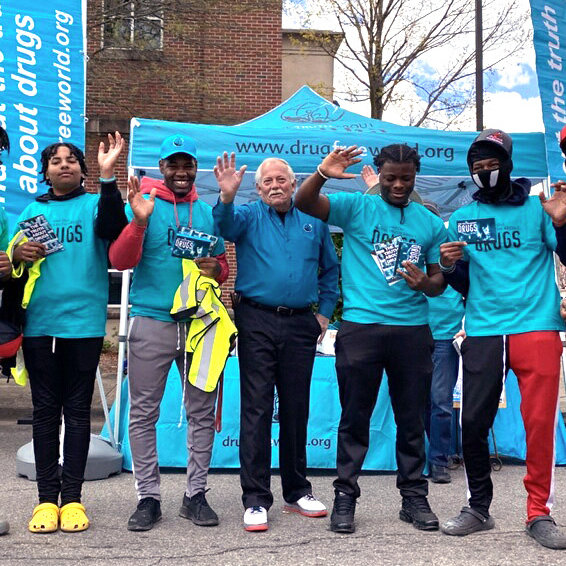A Father’s Mission to Raise Awareness About the Dangers of Drugs Across the US

On 10 March 2012, Lance Dyer lost his 14-year-old son, Dakota, to a one-time use of synthetic marijuana, also known as spice, K2 or mojo. The loss of his child left what he calls “empty spaces,” which his son should have occupied: eating at the dinner table, waking up for school, riding his bicycle around the corner, playing the defensive position on his football team, getting his driver’s license, having a first date, graduating high school and college, getting married and having his own children. It was only after Dakota’s passing that Dyer found the cause of his death: synthetic marijuana. At that time, it was new to the market, still unknown but legal, attractively packaged to appeal to teens and sold right around the corner at a local convenience store.
The grieving father spent several years traveling across the US, lobbying to protect others from the drug that cost him his son. It was during this period he concluded that the greatest tool he had to prevent drug-related deaths was education.
“I began by using materials from the United States Drug Enforcement Administration, the Substance Abuse and Mental Health Services Administration, the United States Department of Health and Human Services, as well as from any organization I could find,” says Dyer. “As good as some of these materials were, they lacked a vital something when it came to connecting with young adults and children. In speaking to high schools and civic groups, I would see much of these materials left behind after an event. While the attendees would listen and interact with me, the materials I was using early on just did not have the ‘wow’ factor necessary to get and keep youths’ interest.”
Dyer first discovered Foundation for a Drug-Free World when he was in Seattle, Washington, reviewing a proposed piece of synthetic drug legislation with local lawmakers. “As I was exiting the building, I saw a single Truth About Drugs booklet on the hallway table. I took it with me to read on the plane. I found the material factual and devoid of any political or religious content. It communicated in a way that was easily understood and kept my attention. This was what I needed to keep the kids interested and engaged long after an event ended,” said Dyer.

He began using the foundation’s educational materials at school events and noticed immediately that the booklets were not being left on the seats or bleachers as students left. “They were being put in back pockets, book bags and purses. The DVDs I had were grabbed from the table with requests from teachers for more. These materials were connecting. There was interest and understanding. It was reaching them, it was making a difference, it was saving lives,” states Dyer.
Dyer recounts a recent statewide substance abuse and mental health seminar where he delivered a Truth About Drugs brochure and booklet set to the sponsor. “Within minutes of arrival, we were immediately asked if we would like a booth. Fortunately, we had come prepared. We quickly set up in the space provided, rapidly opening boxes and placing materials on the table. We were hard-pressed to keep up. The materials were being taken as fast as we could open the boxes,” explains Dyer. Within two hours, all that was left was a list of orders for more and a wild jumble of empty boxes. Rehab centers, schools, educators and a major college took and adopted the materials to use with patients, students and in freshman orientation.
In contemplating his experience in working with young adults, Dyer states, “I have used Drug-Free World materials in inner-city schools, urban areas, rural towns, Native American schools, rehab centers, drug seminars and colleges. Years later, I had the pleasure of seeing individuals approaching me out of the blue, each with their own story of how the materials helped them. For example, one educator who is using the Truth About Drugs educator’s kit in her classroom said the DVD keeps the kids glued to their seats and routinely has their undivided attention. One young lady even stopped me in Walmart and asked if I remembered her. She explained that by reading the Truth About Drugs booklets, she was empowered not to use drugs when offered by her peers.”

Dyer also shares a moving story of a student whose mother was a meth addict. “There was a young lady who attended one of my talks at a high school in Athens, Georgia, and who took a handful of The Truth About Crystal Meth booklets. I thought it was odd that she took so many, but I did not think much more about it. Two years later, I received a call from her. She relayed the reason why she had taken such a large quantity. At the time, her mom was using crystal meth and seeing the pamphlets gave her an idea. She placed a booklet every morning on the table or next to her mom’s coffee cup. Sometimes, her mother would throw the booklet away. When this happened, the young girl would simply dig it out of the trash can. Then she would continue the process of putting a booklet out for her mother to find. Eventually, her mom read the booklet, made a decision and found help. She kicked crystal meth and got clean. The daughter called me to let me know that those booklets saved her mother’s life.”
Over the past 10 years, Dyer has reached millions of people through TV, radio, social media and print media. During this time, he distributed hundreds of thousands of Truth About Drugs educational materials to as many people as he could.
“My future goals will always include delivering the Foundation for a Drug-Free World’s materials to schools and educating our youth. They are our nation’s and the future’s most precious resource. At the end of the day, my hope and prayer is that I educate our young adults to the point their lives are clear of drug addiction and drug use, so their friends and loved ones will never have to face ‘empty spaces’ as I did.”




